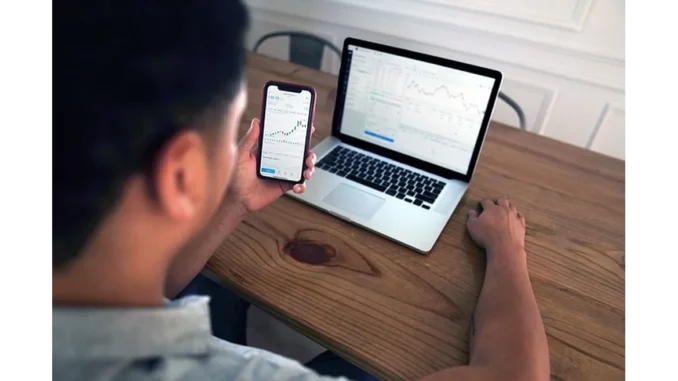
In an insightful conversation with Sarah Thompson, a seasoned financial analyst with over a decade of experience in the cryptocurrency arena, we delved into the fascinating rise of Tether and its significant impact on the global economy. Her perspectives were both enlightening and engaging, shedding light on how a relatively obscure digital currency has become a cornerstone in the financial world.
Sarah began by explaining the fundamental nature of Tether, or USDT, categorizing it as a stablecoin—a type of cryptocurrency whose value is pegged to a stable asset, in this case, the US dollar. “This stability makes it incredibly useful for a variety of financial activities, from trading to hedging against volatility,” she noted. Unlike the more volatile cryptocurrencies such as Bitcoin or Ethereum, Tether’s value proposition lies in its ability to provide a stable medium of exchange and a unit of account, thereby bridging the gap between traditional finance and the burgeoning world of digital assets.
The conversation took a deeper dive into the mechanics of how Tether operates. “Tether’s main value proposition is its ability to facilitate liquidity,” Sarah elaborated. “Many institutional players, including hedge funds and trading firms, use Tether as a liquidity tool. It allows them to move large sums of money quickly and efficiently without the need to convert back into traditional currencies.” This ease of movement becomes crucial in a market that operates 24/7, making Tether an indispensable tool for both individual and institutional investors.
Sarah further illuminated Tether’s indispensable role within the decentralized finance (DeFi) ecosystem. “In DeFi, various protocols and platforms require stable, reliable assets to function properly. Tether fits that bill perfectly,” she explained. Providing a stable medium of exchange and a reliable unit of account, Tether has become critical in ensuring the smooth operation of DeFi activities. This adoption within DeFi highlights Tether’s versatility and its broader impact on the cryptocurrency landscape.
The conversation naturally shifted to the regulatory challenges Tether has faced. Given its rapid ascent, scrutiny has inevitably followed. “Tether has had its share of controversies, particularly regarding its reserves and whether each Tether is fully backed by actual dollars,” Sarah acknowledged. Despite efforts to increase transparency, such as periodic attestations, skepticism remains. These regulatory issues have had a ripple effect across the broader cryptocurrency market. “Anytime there’s uncertainty about Tether, you can see it ripple through the entire crypto ecosystem. It underscores just how integral Tether has become,” Sarah emphasized. A significant regulatory crackdown or loss of confidence in Tether could have far-reaching consequences.
Sarah also touched upon the geopolitical implications of Tether’s dominance. “In many countries with unstable local currencies, people turn to Tether as a way to preserve their wealth,” she explained. This has led to Tether being widely adopted in regions like Latin America and parts of Asia, transforming it from a mere financial tool into a means of economic survival for many. The geopolitical adoption of Tether underscores its global relevance and its role in providing financial stability in volatile economic landscapes.
As our conversation drew to a close, Sarah reflected on the future of Tether and stablecoins in general. “I think we’re going to see more regulatory clarity, which will ultimately be a good thing for the space. Tether has set the stage, but we’re already seeing other stablecoins emerge, some backed by different assets or employing more transparent mechanisms,” she observed. The role of stablecoins is likely to expand as digital currencies become more integrated into the global financial system, encompassing everyday transactions, cross-border payments, and serving as a store of value.
Recounting my interview with Sarah, it became abundantly clear that Tether is more than just another cryptocurrency. It’s a pivotal element in the complex and rapidly evolving landscape of digital finance. Through its unique characteristics and widespread adoption, Tether has managed to become an indispensable part of the global economy, influencing individual investment strategies and international monetary flows alike. The intricate web of factors contributing to Tether’s rise underscores the transformative power of innovation and the ever-increasing intersection of technology and finance. As Sarah aptly put it, the journey of Tether is far from over; it’s a narrative that will continue to unfold, shaping the future of money in ways we are only beginning to understand.

Be the first to comment